Motherhood is a powerful force that transcends species boundaries, with many animal mothers displaying extraordinary levels of dedication to their offspring. From providing protection and nourishment to teaching crucial survival skills, maternal devotion takes remarkable and sometimes surprising forms throughout the animal kingdom. This article explores some of the most dedicated animal mothers, highlighting their incredible sacrifices, ingenious strategies, and unwavering commitment to ensuring their young survive and thrive in challenging environments. These maternal behaviors not only demonstrate the powerful biological imperative of reproduction but also showcase complex emotional bonds and sophisticated parenting strategies that rival human care in their dedication.
Elephant Matriarchs: Lifetime Commitment to Family

African and Asian elephants exhibit some of the most profound maternal dedication in the animal kingdom. Elephant mothers carry their calves for up to 22 months—the longest gestation period of any land mammal. After birth, the commitment only deepens. Elephant mothers nurse their calves for up to six years, while teaching them essential skills and social behaviors needed for survival. A mother elephant never truly “finishes” her parenting role; she remains a central figure in her offspring’s life for decades. The entire herd, led by the matriarch, protects calves collectively, forming protective circles around the young when threatened. This matriarchal society revolves around the wisdom and experience of older females who guide multiple generations of offspring through diverse challenges, from finding scarce water sources during droughts to navigating complex social dynamics within elephant society.
Orangutan Mothers: Eight Years of Constant Contact

Orangutan mothers demonstrate exceptional maternal dedication, maintaining near-constant physical contact with their young for the first two years of life. The mother-child bond continues intensively for six to seven more years, representing one of the longest childhood dependencies of any animal. During this extensive period, orangutan mothers teach their offspring over 200 food-processing and survival skills, from identifying which plants are safe to eat to building secure nests high in the canopy. They customize their teaching methods according to their young’s abilities, showing remarkable cognitive awareness. What makes this relationship even more exceptional is that female orangutans typically wait until their current offspring is fully independent—around 8-9 years old—before having another baby. This lengthy birth interval enables their complete dedication to raising one child at a time, an evolutionary strategy that ensures high survival rates despite the challenging rainforest environment they inhabit.
Octopus: The Ultimate Maternal Sacrifice
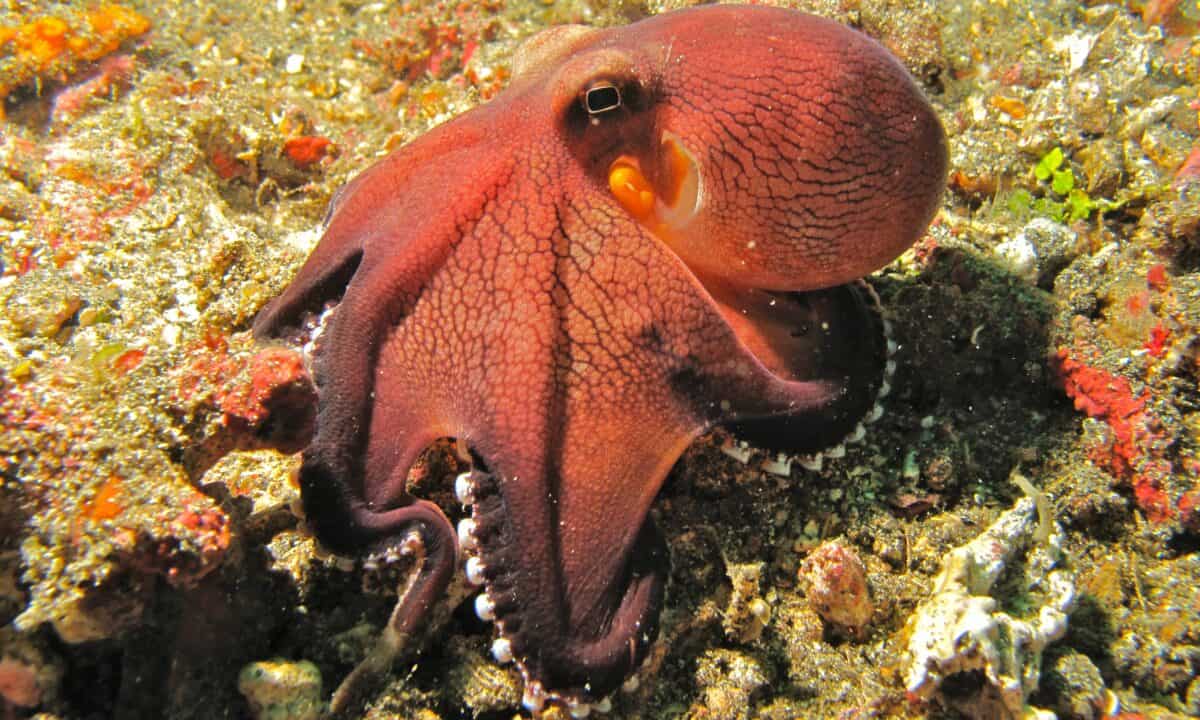
The giant Pacific octopus exemplifies extraordinary maternal sacrifice. After laying between 20,000 to 100,000 eggs, the mother attaches them to the ceiling of her den and spends the next 6-7 months in constant vigilance. During this period, she forgoes hunting and even feeding herself, dedicating her existence entirely to protecting her eggs from predators and keeping them clean and oxygenated by continuously blowing water over them. Her dedication is absolute—by the time her eggs hatch, she has typically lost up to 50% of her body weight and depleted her energy reserves. Shortly after her young emerge, she dies from starvation, having given her life to ensure her offspring’s survival. This remarkable evolutionary strategy represents the ultimate maternal sacrifice—her death coincides with her reproductive success, channeling all her remaining energy into her young’s protection until their independence is possible.
Polar Bears: Surviving Extreme Conditions
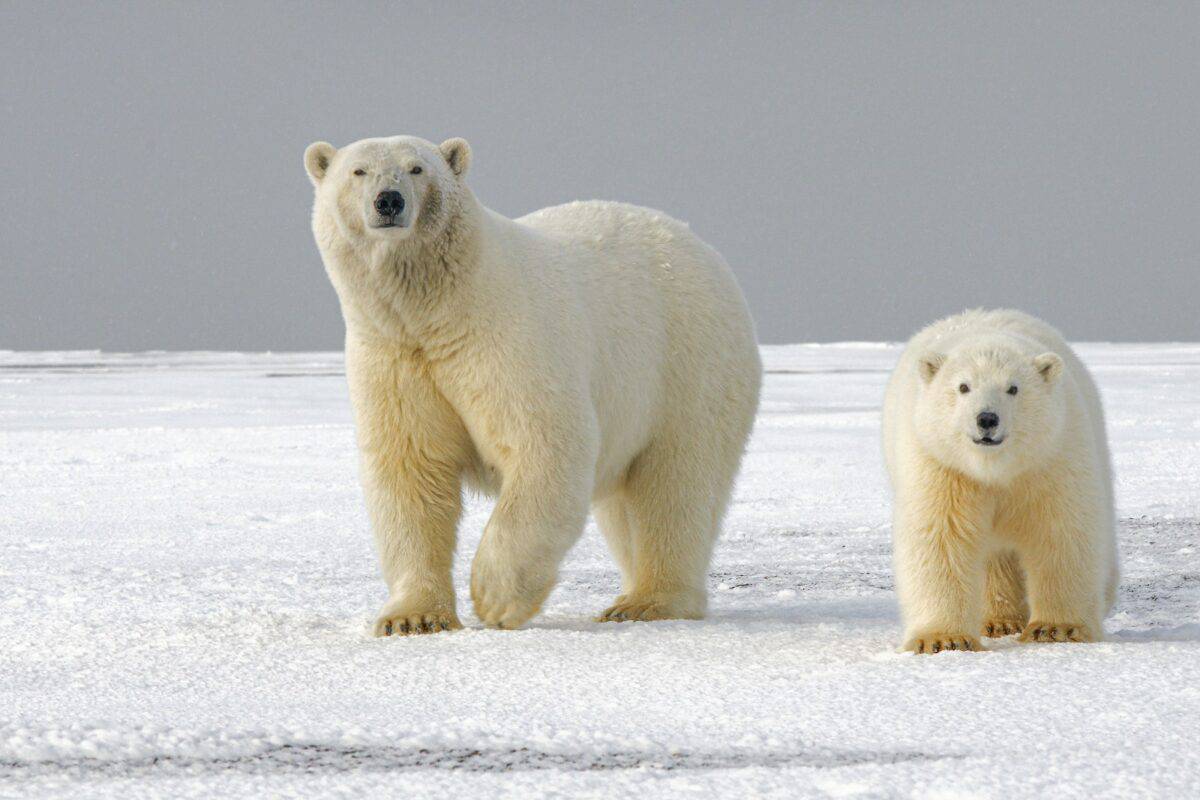
Polar bear mothers face some of the most challenging maternal conditions on the planet. Pregnant females build elaborate snow dens where they give birth to cubs weighing only about one pound—approximately 1/400th of the mother’s weight. For the next three to four months, mother and cubs remain in the den while she nurses them on extremely rich milk (31% fat compared to human milk’s 3-5%). During this entire period, the mother doesn’t eat, drink, or defecate, surviving solely on her fat reserves while producing nutrient-rich milk that helps her cubs quadruple their weight. When they finally emerge from the den, she must immediately begin teaching them hunting skills despite her weakened state after months of fasting. For the next two to three years, she will protect them fiercely against threats—including male polar bears, who sometimes view cubs as prey—while teaching them the complex skills needed to hunt effectively on sea ice. Her dedication determines not just her cubs’ survival but the continuation of her species in one of Earth’s harshest environments.
Alligator Mothers: Fierce Protection in the Wetlands

Despite their fearsome reputation, female alligators display remarkable maternal dedication. After building nests from vegetation that ferments to provide incubation heat, mothers guard these nests vigilantly for the 65-day incubation period. They respond aggressively to any potential threats, remaining nearby despite potential dangers to themselves. When hatching begins, mother alligators exhibit extraordinary gentleness, responding to their babies’ calls by carefully uncovering them and delicately carrying newly hatched young in their massive jaws—the same jaws capable of crushing prey with 2,000 pounds of pressure—down to the water. For the next one to three years, she continues protecting her young, responding immediately to distress calls and keeping the pod together in nursery areas. This extended protection period significantly increases their offspring’s survival rates in wetland environments filled with predators. The contrast between their normal predatory behavior and their gentle, protective maternal care represents one of nature’s most remarkable transformations.
Wolf Mothers: Cooperative Family Care
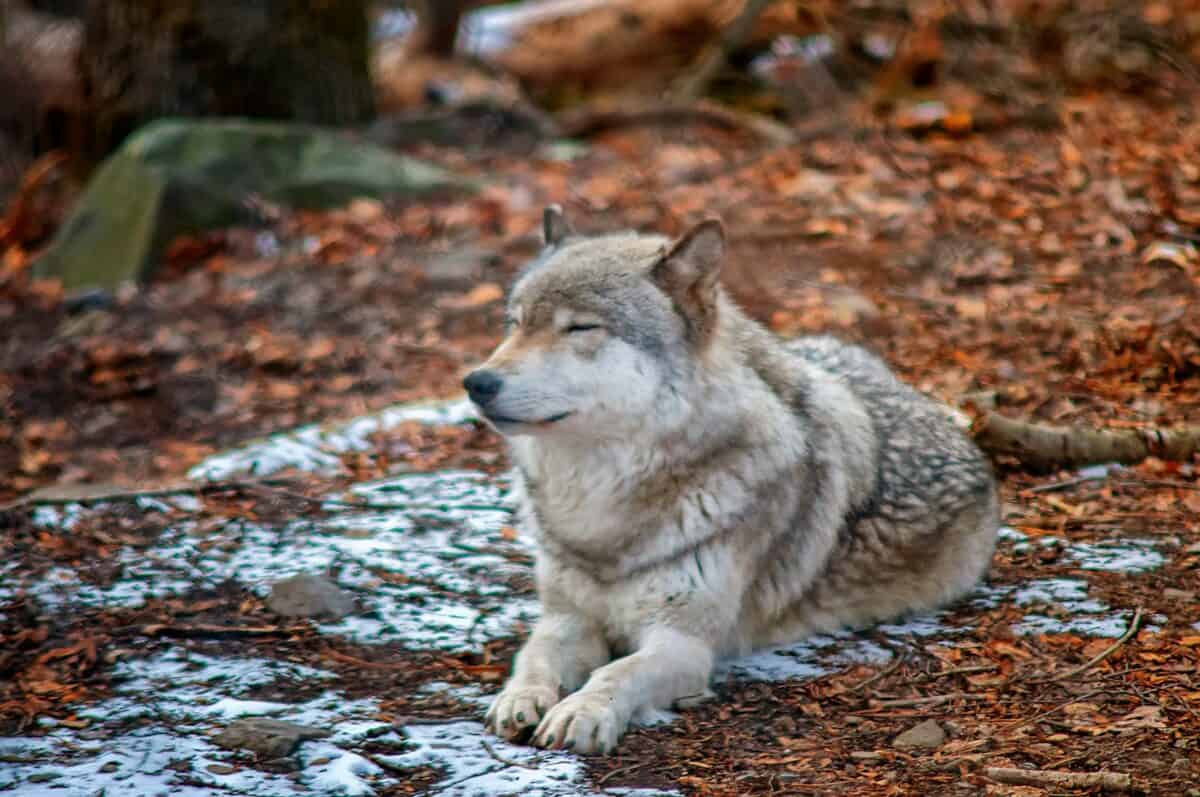
Wolf mothers exemplify how maternal care extends beyond the individual in highly social species. A wolf pack’s breeding female gives birth to pups in a secluded den, where she’ll stay with her young continuously for the first few weeks. During this period, other pack members—both male and female relatives—bring food to the nursing mother, demonstrating cooperative care. As the pups grow, the entire pack participates in their upbringing, with the mother coordinating this extended family care system. Older siblings regurgitate food for younger pack members and help teach hunting skills through play and observation. Mother wolves make crucial decisions about den relocations to ensure safety, lead hunts to provide for growing pups, and gradually introduce their young to pack hunting techniques. This multigenerational knowledge transfer, coordinated by experienced mothers, has allowed wolves to survive as apex predators across diverse habitats for millennia, showcasing how maternal influence extends beyond direct care to organizing entire family systems around offspring survival.
Opossum Mothers: Portable Protection System

North America’s only marsupial demonstrates remarkable maternal ingenuity. Opossum mothers give birth to tiny, embryonic offspring after just 12-13 days of gestation. These newborns, smaller than honeybees and weighing mere 0.13 grams, must crawl through their mother’s fur to reach her pouch without any assistance. Once inside, they attach to one of 13 nipples, where they’ll remain continuously for about two months as they develop. After outgrowing the pouch, the young opossums transition to riding on their mother’s back, clinging to her fur as she forages and teaches survival skills. This “mobile childcare system” allows her to protect up to 13 offspring simultaneously while continuing to search for food and avoid predators. What makes opossum mothers particularly noteworthy is their dedication despite their short lifespan of only 1-2 years in the wild. They invest a significant portion of their total life expectancy in intensive offspring care, highlighting motherhood’s central role in their brief existence.
Emperor Penguin Fathers: Co-parenting in Extreme Conditions

While this article focuses on mothers, emperor penguin fathers deserve recognition for their extraordinary parental dedication that complements maternal care. After the female lays a single egg in the Antarctic winter, she transfers it to the male’s feet where he will incubate it under a special brood pouch for two months in temperatures reaching -40°F and winds up to 125 mph. During this time, he doesn’t eat, losing up to 45% of his body weight while the female travels up to 50 miles to feed at sea. When she returns, they exchange the hatched chick with remarkable precision. This coordinated parenting strategy showcases how maternal care in some species has evolved to include cooperative arrangements where both parents make extraordinary sacrifices. The mother’s contribution includes producing an egg with 15% of her body weight and making treacherous journeys across ice and open ocean to provide the regurgitated food needed by her growing chick. Their coordinated efforts in Earth’s most hostile environment highlight how maternal and paternal care can evolve complementary specialized roles to ensure offspring survival.
Surinam Toad: Carrying Offspring in Her Skin
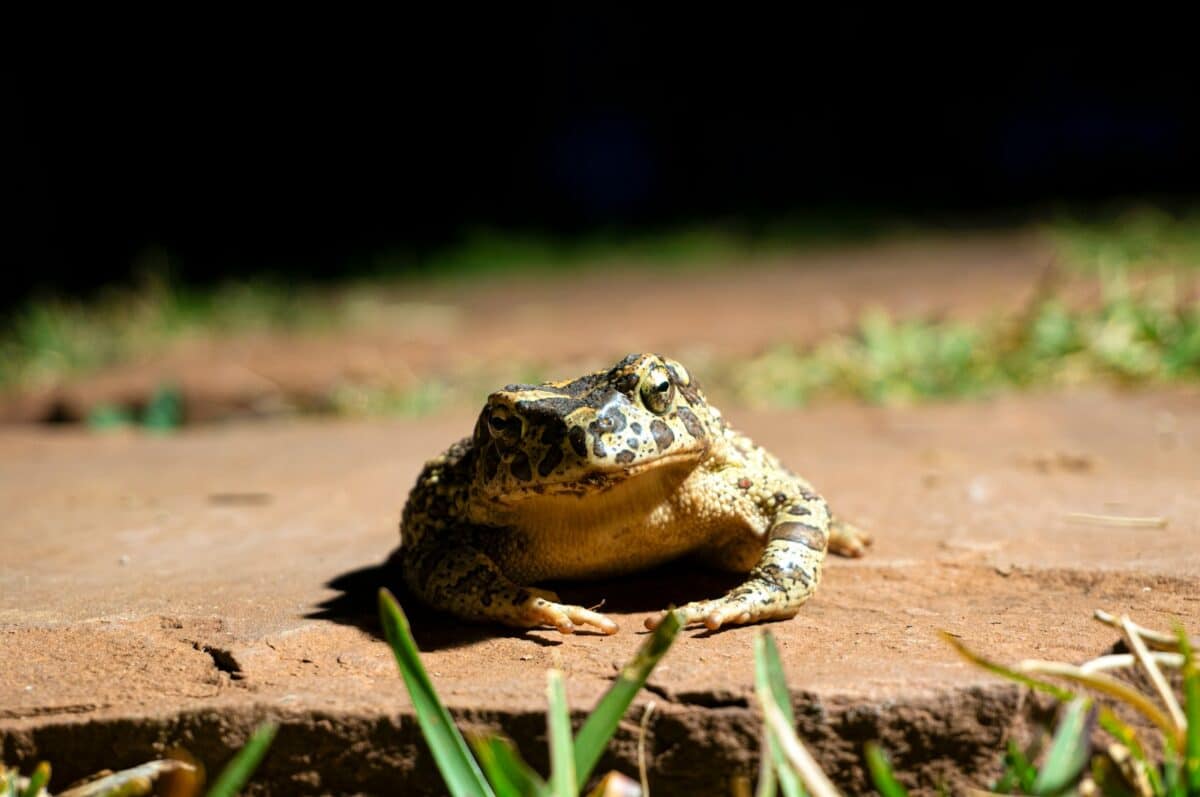
The Surinam toad demonstrates one of the most unusual maternal adaptations in the animal kingdom. During mating, the male attaches eggs to the female’s back, where her skin grows around each egg, creating individual pockets. The mother carries up to 100 developing embryos embedded in her skin for 3-4 months, providing oxygen and protection as they develop from fertilized eggs to fully-formed toadlets. When development is complete, the tiny toads emerge from these skin pockets in a remarkable birthing process that appears as if they’re pushing through the mother’s skin. This biological innovation represents an extraordinary maternal adaptation that transforms the mother’s body into a living incubation chamber. While visually unusual to human observers, this strategy provides maximum protection for vulnerable offspring during their development stage, demonstrating how maternal care has evolved unique solutions across different evolutionary lineages to address the universal challenge of protecting vulnerable young until they can survive independently.
Earwig Mothers: Unexpected Insect Devotion
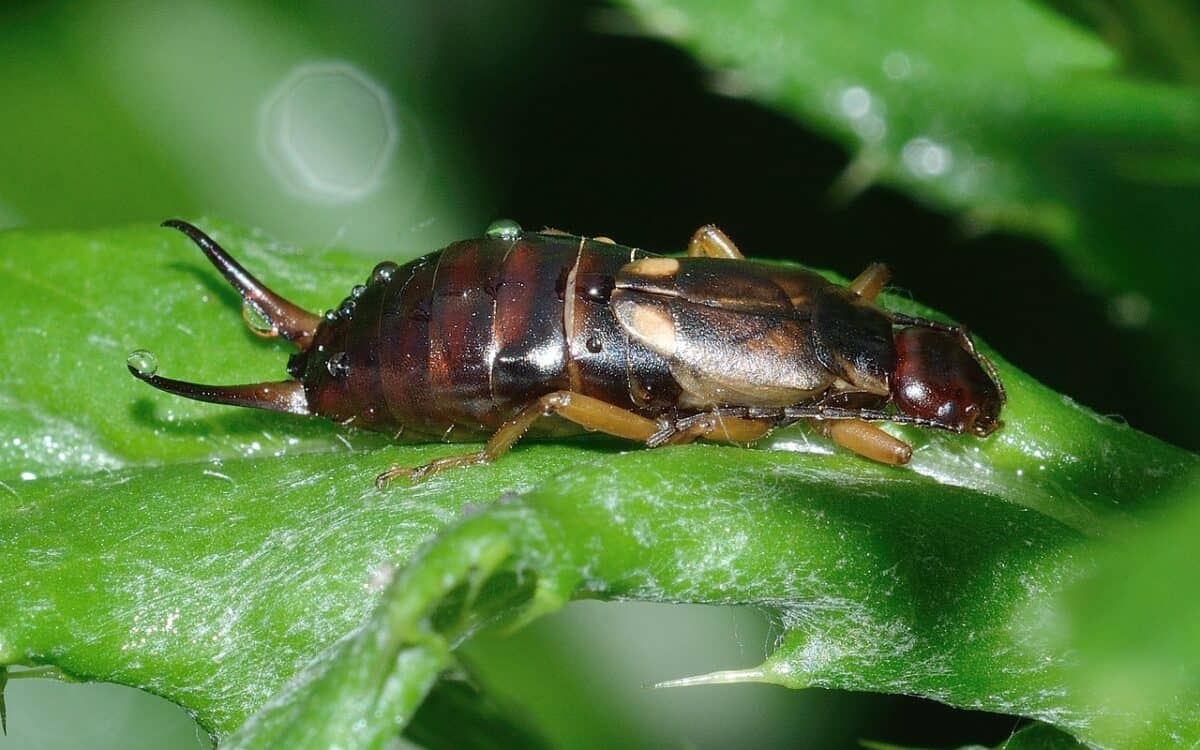
Contrary to their unsettling reputation, earwigs display surprisingly dedicated maternal care rarely seen in insects. Female earwigs construct underground nests where they lay 20-80 eggs, then remain with them continuously, cleaning each egg individually to prevent fungal growth and predation. If the eggs become scattered, she meticulously gathers each one back into the nest. After hatching, she continues protecting and feeding her nymphs for several weeks—extraordinary behavior for insects, most of which abandon eggs after laying them. The mother earwig even adjusts her care based on her offspring’s needs, responding to chemical signals that indicate hunger. She’ll forage for food and regurgitate it for her young, even sacrificing her own nutritional needs during food scarcity. If the nest is disturbed, she’ll lead her young to new shelter, showing protective behaviors typically associated with vertebrate mothers. This sophisticated maternal care in a creature with a relatively simple nervous system demonstrates how powerfully natural selection has shaped maternal behaviors across even the most unexpected branches of the evolutionary tree.
Crocodile Mothers: Gentle Giants with Tender Care
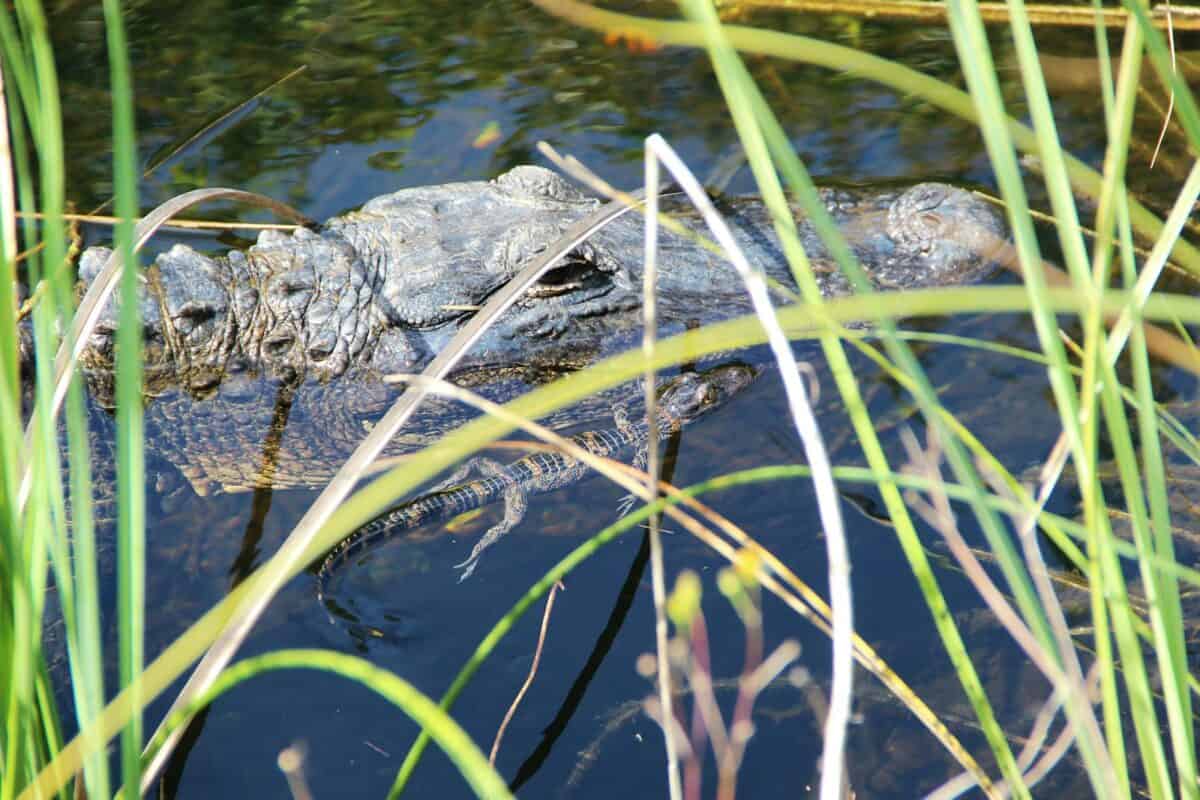
Crocodiles, among the most ancient reptilian lineages, exhibit surprisingly sophisticated maternal care. Female Nile crocodiles dig nests up to three feet deep where they lay 40-60 eggs, then guard these nests vigilantly for three months against raiders like mongooses and monitor lizards. When she hears her hatchlings’ calls from inside the eggs, the mother gently uncovers them and delicately carries the eight-inch hatchlings in her massive jaws—lined with teeth capable of exerting 3,700 pounds of bite force—down to the water without causing them harm. For up to two years, she continues protecting her young, responding to distress calls that activate her aggressive defensive behaviors. Some crocodile species even create nursery areas in shallow waters where mothers coordinate protection of multiple clutches. This maternal behavior in reptiles once thought incapable of complex parenting contradicts earlier scientific assumptions about reptilian care capabilities. Crocodiles, having survived for over 200 million years, demonstrate that intensive maternal care has been a successful evolutionary strategy since the age of dinosaurs.
From the sacrificial death of octopus mothers to the decades-long guidance of elephant matriarchs, maternal dedication manifests in incredibly diverse forms across the animal kingdom, yet shares the common thread of placing offspring welfare above self-preservation. These remarkable maternal behaviors reveal that the drive to protect and nurture young transcends species boundaries and has evolved independently multiple times throughout evolutionary history, suggesting its fundamental importance to species survival. Whether through physical adaptations like the marsupial pouch, behavioral specializations like the coordinated hunting of wolf packs, or cognitive capabilities like the teaching behaviors of great apes, maternal care represents one of nature’s most powerful and persistent forces. As we witness increasing habitat loss and species endangerment worldwide, understanding and protecting these extraordinary maternal relationships becomes essential not just for appreciating biodiversity’s wonder, but for ensuring that these remarkable demonstrations of life’s continuity can persist for generations to come.
- Why This River Suddenly Disappeared—And Scientists Are Stunned - August 20, 2025
- How Some Birds Are Learning to Change Their Songs to Survive in Noisy Cities - August 20, 2025
- 11 Creatures That Don’t Need to Eat - August 20, 2025

